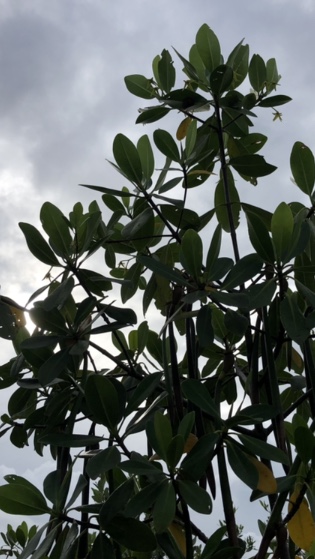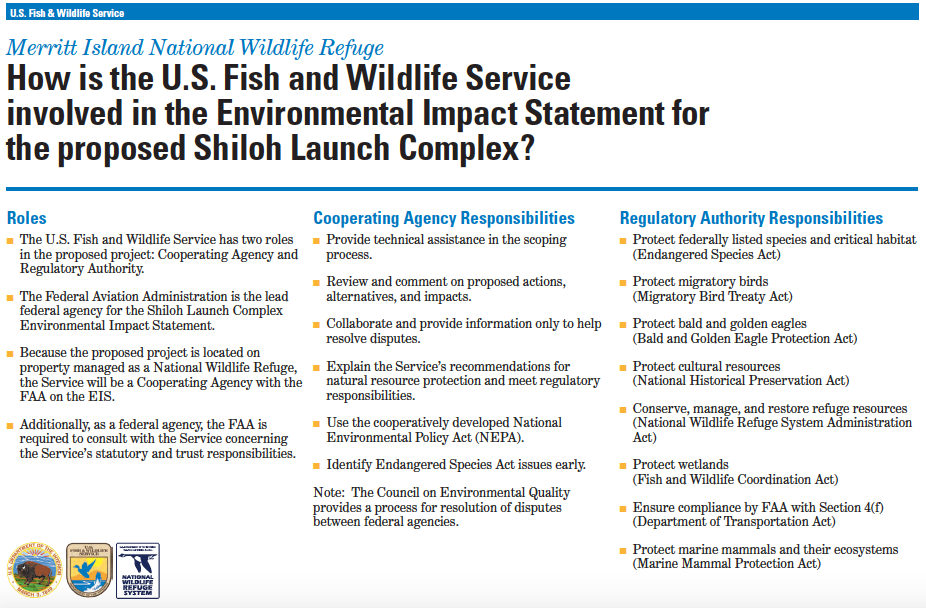There are a broad array of issues swirling throughout social media these days regarding conservation. Whether it relates to Everglades Restoration, Opposition to Pebble Mine or improving water quality in Mosquito Lagoon and the Indian River Lagoon, we can all agree on something; each issue is important.
Too often there are bombs being thrown by advocates for what many of us perceive as the right side of the issue. The bomb throwing serves little to change minds or create solutions, yet the air raid sirens sound almost daily.
Much of the rhetoric comes from charity organizations, 501 c (3) designated companies that are “not for profit”. Don’t lose sight of the fact that they are companies. It matters.
Choose Wisely
While we all very much want to do something to improve our environment, we should make reasoned decisions on how its being done.
One of the best things you can do in life is be involved in causes you care about. The simplest, and often most effective is through personal action.
One of your choices is to invest in a company that you believe will give you the best return on investment towards the goal you value in conservation efforts. The second, is rolling up your sleeves and creating some sweat equity for your cause the good old fashioned way, with boots on the ground.

Making an Impact is the Goal
Simply writing a check, swiping a credit card, plastering a sticker on your rear window of your truck or re-posting the latest shocking post on social media may be all you have time to do if that’s all you have to invest. If you’re confident in the company you’ve invested in is making every dollar count, go for it.
There in lies the challenge. Do some due diligence before you invest. If you were buying stock, you would want to know how revenue was being spent. What does the “leadership” make?

You might be surprised if you looked at salaries in the “not for profit” space. Very surprised.
If you’re the sweat equity type, its easy to provide real results that are meaningful. Volunteer to join a clean-up group, commit to cleaning up a section of your neighborhood or a shoreline and make it yours. Often the larger conservation companies are only interested in broad strokes at the policy level and their impact may happen, if ever, in timelines measured in decades.

Projects like The Everglades Agricultural Area Storage Reservior have been in planning since around the year 2000 and won’t be completed until 2028 at the earliest.
Thanks for wanting to be part of the positive solutions for coastal conservation issues. Now, make an informed decision on how you’re going to do it and make an impact!














